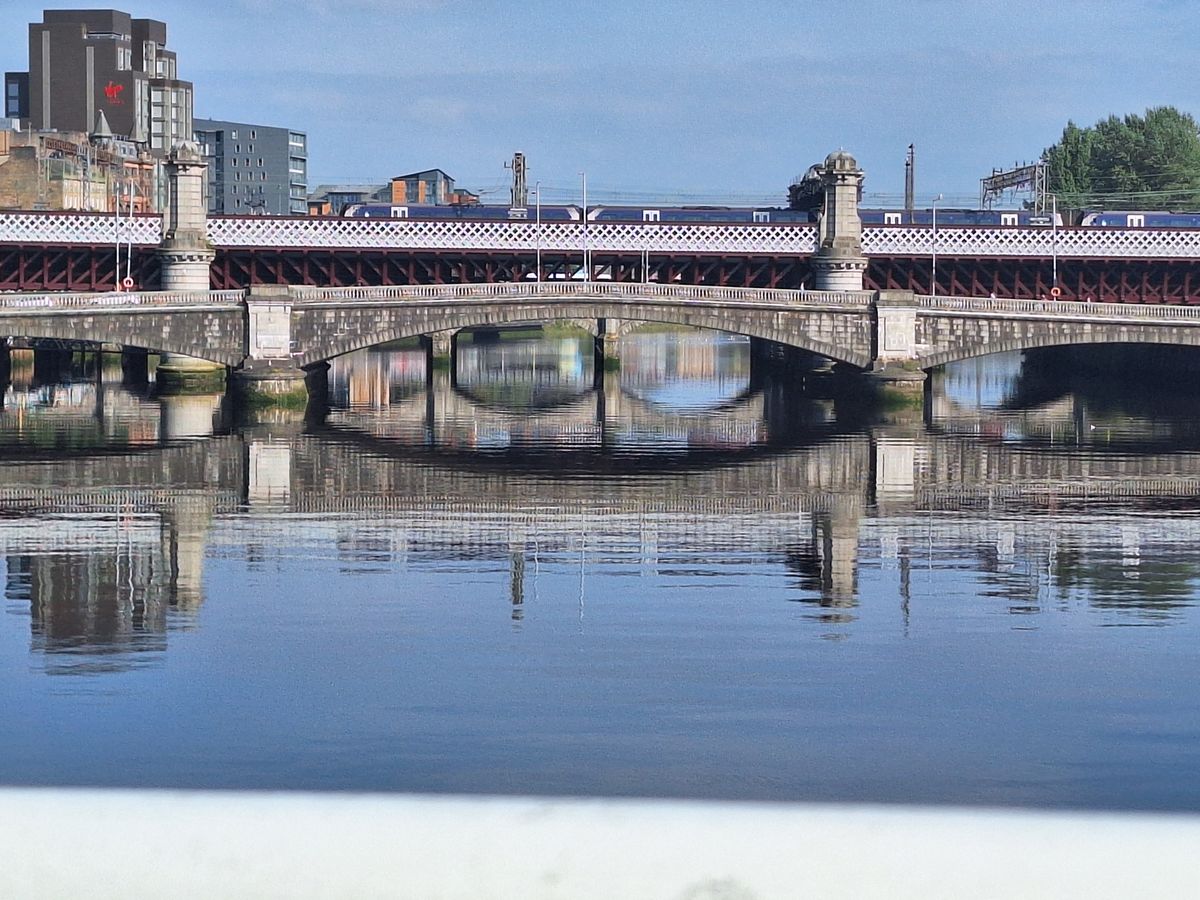About
There is a saying, "Glasgow made the Clyde and the Clyde made Glasgow." Scotland's largest city owes its prosperity and affluence to this body of water which is the third longest in the country and ninth longest in the United Kingdom. It runs an impressive length of 106 miles (170 kilometers), and there are 16 bridges that span this watery serpent that divides this sprawling metropolis. One in particular, the Caledonian Railway Bridge, contains some unusual features.
As the name might suggest, this overpass served trains departing from and arriving at Glasgow's Central Station. It was initially constructed in 1878 but was widened just 20 years later to accommodate the expansion of the aforementioned terminal. At the time of its fabrication, this crossing was the widest railway bridge in the world. This is not what makes this interchange of interest, rather it is the pillars that one can see from the parallel Glasgow Bridge.
Two stone pillars contain carved writing that runs from left to right. This public art installation was created by the Scottish poet Ian Hamilton Finlay. It was created in 1990 when Glasgow was named the European City of Culture. The artwork is a quote from the Greek philosopher Plato and his political theory, The Republic. Finlay is also known for creating, with his wife Sue, the sculpture garden Little Sparta, a few miles outside of Edinburgh.
The texts read as follows:
ΤΑ ΓΑΡ ΔΗ ΜΕΓΑΛΑ ΠΑΝΤΑ ΕΠΙΣΦΑΛΗ ΚΑΙ ΤΟ ΛΕΓΟΜΕΝΟΝ ΤΑ ΚΑΛΑ ΤΩΙ ΟΝΤΙ ΧΑΛΕΠΑ
ALL GREATNESS STANDS FIRM IN THE STORM
The quotation is taken from book 6 of Plato's publication. The Greek portion has been roughly translated as: "for all great things are precarious, and, as the proverb truly says, fine things are hard."
As with all works of public art, there is some debate as to the true meaning. Some interpret it as a great concept that perseveres. While others believe it to mean: great ideas are hard to achieve.
Related Tags
Community Contributors
Added By
Published
December 13, 2022








































